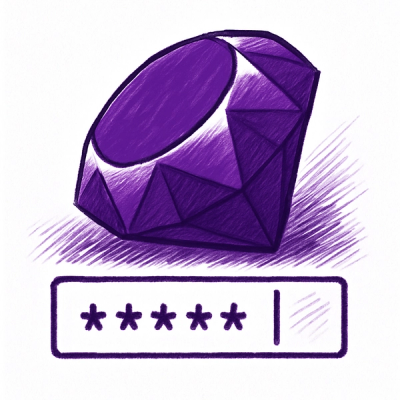
Security News
npm Adopts OIDC for Trusted Publishing in CI/CD Workflows
npm now supports Trusted Publishing with OIDC, enabling secure package publishing directly from CI/CD workflows without relying on long-lived tokens.
graphdatascience is a Python client for operating and working with the Neo4j Graph Data Science (GDS) library.
It enables users to write pure Python code to project graphs, run algorithms, as well as define and use machine learning pipelines in GDS.
The API is designed to mimic the GDS Cypher procedure API in Python code. It abstracts the necessary operations of the Neo4j Python driver to offer a simpler surface. Additionally, the client-specific graph, model, and pipeline objects offer convenient functions that heavily reduce the need to use Cypher to access and operate these GDS resources.
graphdatascience is only guaranteed to work with GDS versions 2.0+.
Please leave any feedback as issues on the source repository. Happy coding!
To install the latest deployed version of graphdatascience, simply run:
pip install graphdatascience
To use the GDS Python Client, we need to instantiate a GraphDataScience object. Then, we can project graphs, create pipelines, train models, and run algorithms.
from graphdatascience import GraphDataScience
# Configure the driver with AuraDS-recommended settings
gds = GraphDataScience("neo4j+s://my-aura-ds.databases.neo4j.io:7687", auth=("neo4j", "my-password"), aura_ds=True)
# Import the Cora common dataset to GDS
G = gds.graph.load_cora()
assert G.node_count() == 2708
# Run PageRank in mutate mode on G
pagerank_result = gds.pageRank.mutate(G, tolerance=0.5, mutateProperty="pagerank")
assert pagerank_result["nodePropertiesWritten"] == G.node_count()
# Create a Node Classification pipeline
pipeline = gds.nc_pipe("myPipe")
assert pipeline.type() == "Node classification training pipeline"
# Add a Degree Centrality feature to the pipeline
pipeline.addNodeProperty("degree", mutateProperty="rank")
pipeline.selectFeatures("rank")
features = pipeline.feature_properties()
assert len(features) == 1
assert features[0]["feature"] == "rank"
# Add a training method
pipeline.addLogisticRegression(penalty=(0.1, 2))
# Train a model on G
model, train_result = pipeline.train(G, modelName="myModel", targetProperty="myClass", metrics=["ACCURACY"])
assert model.metrics()["ACCURACY"]["test"] > 0
assert train_result["trainMillis"] >= 0
# Compute predictions in stream mode
predictions = model.predict_stream(G)
assert len(predictions) == G.node_count()
The example here assumes using an AuraDS instance. For additional examples and extensive documentation of all capabilities, please refer to the GDS Python Client Manual.
Full end-to-end examples in Jupyter ready-to-run notebooks can be found in the examples source directory:
The primary source for learning everything about the GDS Python Client is the manual, hosted at https://neo4j.com/docs/graph-data-science-client/current/. The manual is versioned to cover all GDS Python Client versions, so make sure to use the correct version to get the correct information.
Operations known to not yet work with graphdatascience:
graphdatascience is licensed under the Apache Software License version 2.0.
All content is copyright © Neo4j Sweden AB.
This work has been inspired by the great work done in the following libraries:
FAQs
A Python client for the Neo4j Graph Data Science (GDS) library
We found that graphdatascience demonstrated a healthy version release cadence and project activity because the last version was released less than a year ago. It has 1 open source maintainer collaborating on the project.
Did you know?

Socket for GitHub automatically highlights issues in each pull request and monitors the health of all your open source dependencies. Discover the contents of your packages and block harmful activity before you install or update your dependencies.

Security News
npm now supports Trusted Publishing with OIDC, enabling secure package publishing directly from CI/CD workflows without relying on long-lived tokens.

Research
/Security News
A RubyGems malware campaign used 60 malicious packages posing as automation tools to steal credentials from social media and marketing tool users.

Security News
The CNA Scorecard ranks CVE issuers by data completeness, revealing major gaps in patch info and software identifiers across thousands of vulnerabilities.